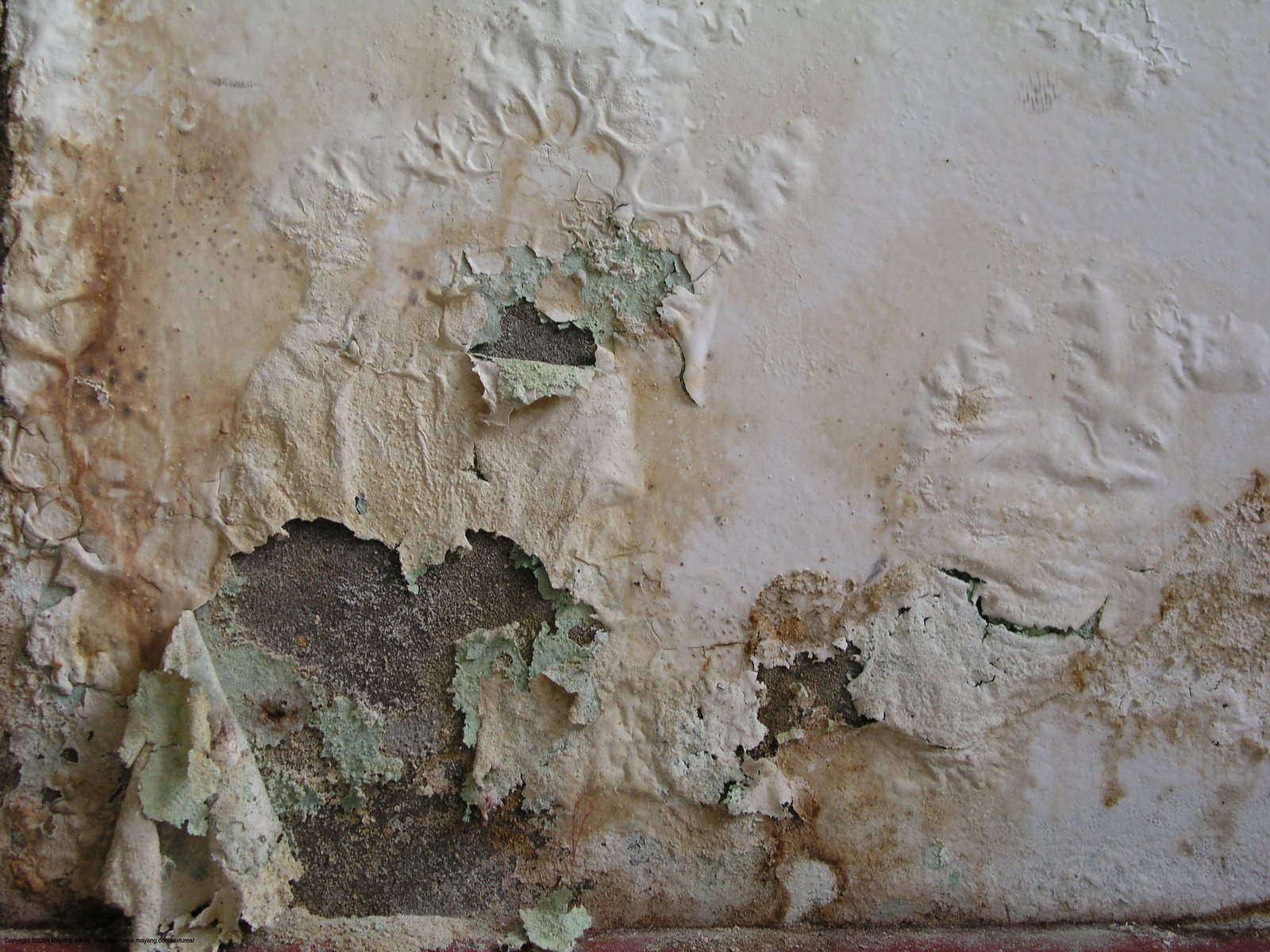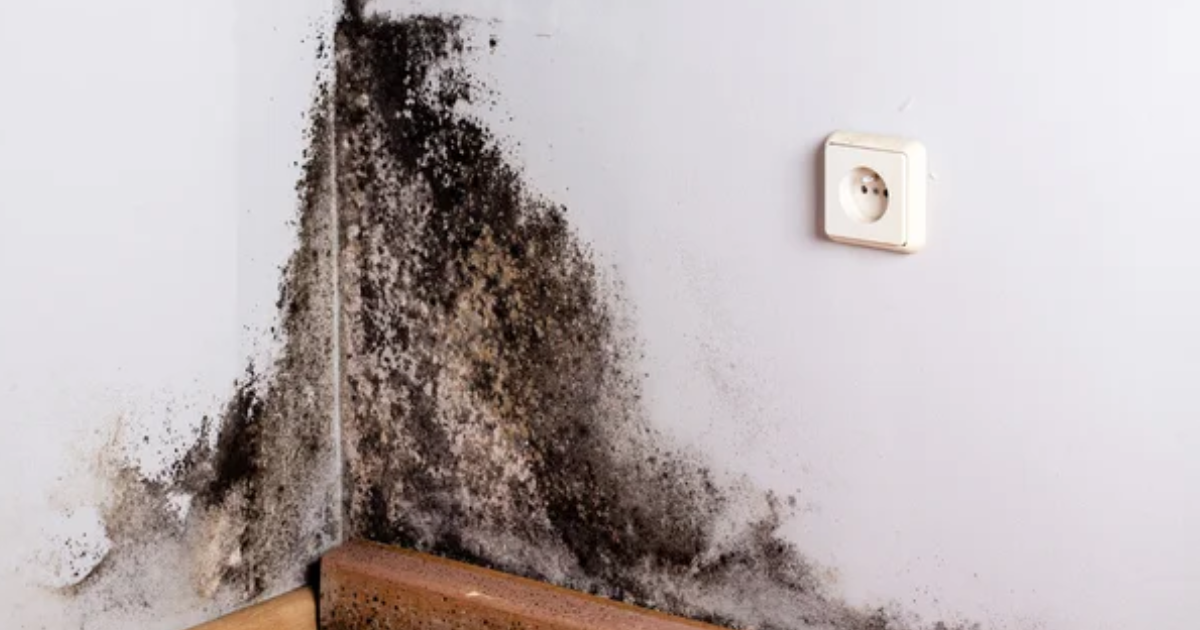At Weiler Painting, we understand the importance of maintaining the aesthetics and structural integrity of your building. Water damage and mold are among the most common issues that threaten these aspects. These elements can severely affect the paint, tarnishing its appearance and lifespan. This article explores in-depth how paint is affected by mold and water damage and offers practical solutions to these problems.
Impact of Mold on Paint
Mold can wreak havoc on your walls, and paint is no exception. The presence of mold tarnishes the appearance of your paint and can lead to long-term structural damage.
Physical Damage
Mold can cause the paint to peel, bubble, or crack. This results from the mold eating away the paint, causing these physical deformities. This is the first sign of a significant mold infestation.
A significant mold presence can also leave dark spots and streaks on the paint. These stains can be hard to cover, even with multiple layers of high-quality paint.
Health Implications
Beyond the physical damage, mold infestations can pose serious health risks. Certain mold species release mycotoxins, which can cause allergic reactions and respiratory issues. Therefore, it’s crucial to address mold damage on paint promptly.
The Effects of Water Damage on Paint
Water is a silent assailant against the paint’s integrity in any setting. Its pervasive effects can significantly compromise your paint’s aesthetics and longevity, often in ways that aren’t immediately noticeable.
Paint Discoloration and Staining
One of the most apparent signs of water damage is the unsightly discoloration and staining it can leave on your painted surfaces. This usually manifests as irregular, often brownish spots that mark the areas where water has penetrated. These visual blemishes are not just superficial issues; they represent underlying water damage that can be challenging to resolve.
While some may attempt to repaint these stains merely, the water damage underneath often bleeds through even several layers of paint, making this approach a temporary fix at best. Therefore, it’s essential to address the root cause of the water damage to prevent further staining and protect your paint in the long term.
Paint Bubbling, Cracking, and Peeling
Aside from staining, water damage can also result in physical changes to your paint. If water seeps behind the paint—through cracks, crevices, or porous surfaces—it can lead to the paint bubbling or blistering. This is caused by the water pushing the paint away from the wall, creating raised bubbles on the surface.
Over time, these bubbles can eventually burst, leading to unsightly cracks or peeling. The effects of this type of damage are not just visual but structural as well, compromising the wall’s protective layer of paint. To ensure the lasting health of your walls and their paintwork, addressing the source of the water damage is crucial.
How to Protect Paint from Mold and Water Damage
While mold and water damage can wreak havoc on your beautiful paint job, it’s not a foregone conclusion. You can take several preventative measures and proactive steps to safeguard your paint and maintain its pristine condition for years.
Use of Mold-Resistant Paint
The first line of defense against mold is using mold-resistant paint. This specialty paint is formulated with anti-microbial substances that actively inhibit and deter mold growth. Unlike regular paint, mold-resistant variants create an environment on your walls that is hostile to mold spores, drastically reducing their chances of survival and proliferation.
These paints are particularly beneficial in areas of your home or property, such as bathrooms, kitchens, and basements, prone to high moisture levels. Although they may come with a higher price tag than regular paints, the added protection they offer against mold can be well worth the investment, especially considering the potential costs of mold remediation.
Proper Ventilation
Maintaining good ventilation throughout your property is another crucial factor in preventing mold growth and water damage. High humidity levels and poor ventilation create the perfect breeding grounds for mold. Simultaneously, they can lead to condensation and water accumulation, which may damage water.
By ensuring proper air circulation, you can effectively manage and reduce moisture levels, which can help prevent these issues from arising. This could involve installing exhaust fans in moisture-prone areas, regularly opening windows to let fresh air in, or using dehumidifiers in particularly humid conditions.
Regular Maintenance
Lastly, don’t underestimate the power of regular maintenance and quick repairs. By conducting routine checks and upkeep, you can catch and address early signs of mold or water damage before they become a larger, more costly issue.
This could involve inspecting for any signs of water leaks, moisture accumulation, or mold. Promptly repairing any leaks, sealing any cracks, and addressing any signs of mold early on can prevent more extensive damage and save on potentially hefty remediation costs in the long run.
Remember, when protecting your paint from mold and water damage, prevention is always better—and often cheaper—than cure. A proactive approach to maintenance and using quality materials like mold-resistant paint from trusted companies like Weiler Painting can go a long way in preserving the beauty and durability of your paintwork.
Conclusion
Mold and water damage can cause significant harm to your paint, affecting its appearance, integrity, and lifespan. But with the right precautions and maintenance, you can protect your paint and keep your property looking its best. Weiler Painting is dedicated to providing the best painting solutions for these challenges.



